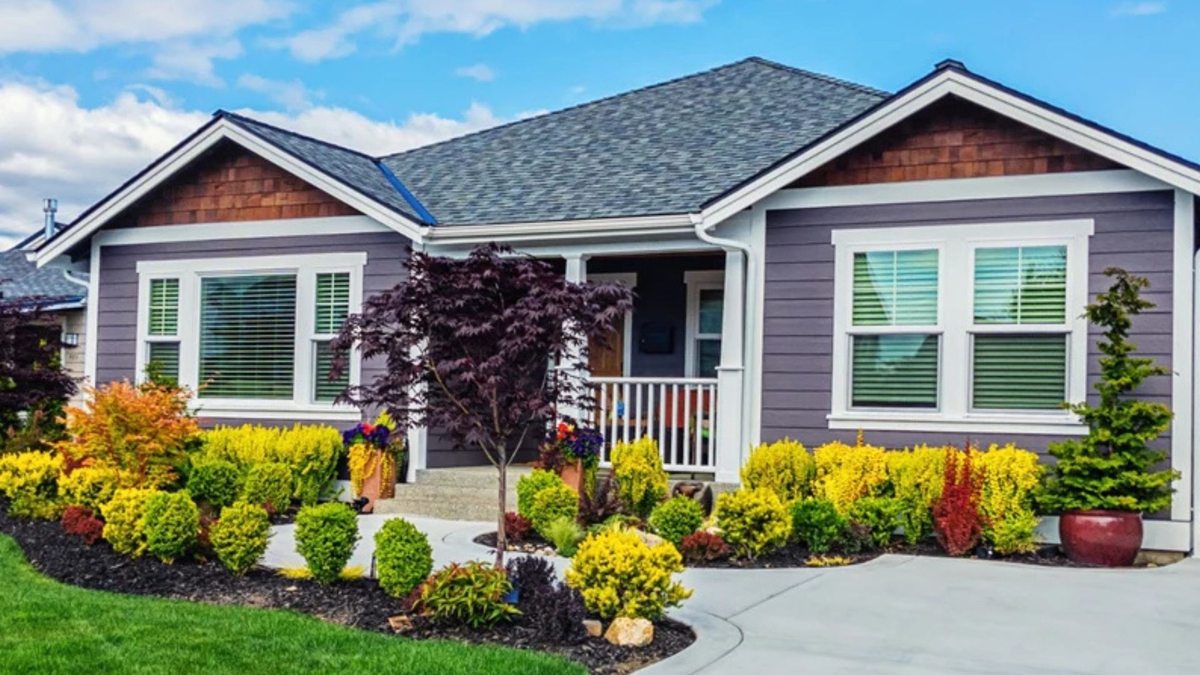There are several reasons your home’s exterior paint might be losing its color faster than you expected. Let’s break them down.
1. Sun Exposure
Even though Michigan isn’t known for endless sunshine, our summers do get bright—especially in June, July, and August. And the sun’s UV rays are the number one reason paint fades. UV radiation breaks down the chemical bonds in paint pigments, which leads to dull, washed-out color over time.
The effect is especially noticeable on south- and west-facing walls that get the most direct sun exposure. You might even notice one side of your home fading faster than the others because of this.
2. Low-Quality Paint
Not all paint is created equal. Cheaper exterior paints often contain fewer pigments and binders, which means they won’t hold up as well against sun, rain, snow, or temperature changes. Some paints also lack UV-blocking additives, which makes fading happen even faster.
If the last paint job on your home was done with bargain-bin paint or without proper weather-resistant formulas, that’s likely contributing to the problem.
3. Poor Surface Prep
Even the best paint won’t last if the surface underneath wasn’t properly prepared. That means cleaning dirt and mildew off the siding, repairing any damaged wood or caulk, and applying a high-quality primer before the topcoat.
Skipping or rushing the prep work is one of the most common causes of early paint failure—including fading, peeling, and cracking.
4. Certain Colors Fade Faster
It’s a fact: some colors simply don’t hold up as long in outdoor conditions.
Bright and bold shades—like red, yellow, orange, or deep blue—are more likely to fade quickly. Darker colors can also absorb more heat from the sun, which can cause paint to break down faster.
Lighter, neutral tones (think beige, gray, taupe) tend to reflect more sunlight and hold their color longer.

